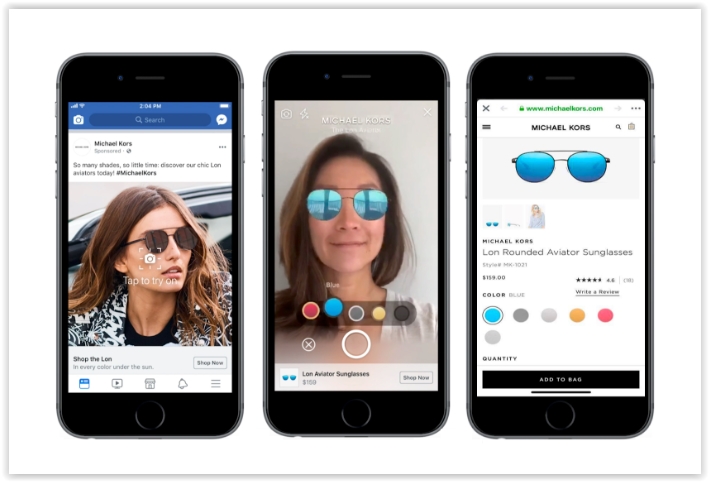eCommerce Website Performance Tips To Boost Conversions
The way brands engage with their consumer is always changing, especially in the past 10 years compared to the rest of the digital age’s history. eCommerce sites have made the biggest leap digitally by engagement occurring almost all online. In fact, global eCommerce sales are predicted to almost double between 2017 and 2021. From a digital standpoint, there is always room for improvement from website design to your website performance. With the constant updates to different site platforms and detailed coding, it can be difficult to keep your site up to date on web performance and speed.
If a main goal for your current business regards significant growth, you’ll want to make sure your eCommerce site is able to keep up with the traffic that will be directed to your site. Certain themes are common among businesses in areas of eCommerce that could be improved upon. The following tips found from Liquid Web will help your team decrease shopping cart abandonment, improve your site performance, and boost conversions.
Quality Web Host – Solid Foundation
Like anything, the foundation of whatever you are creating is the most important factor. This is no different for website development – your website performance depends on this being solid and sturdy. A host that offers 24/7 support and real people versus automated responses. The experts at Onimod Global also work with website development, and you can request a quote for new website development here!
Optimize Your Product Images – Faster Load Times
Optimizing images on your site is a very important step to take. This is a combination of keeping your file sizes reasonable, keeping resolution in mind, using relevant file names, and more. Typically, product image optimization is a large mistake when it comes to website performance for larger eCommerce sites. Oleg Korneitchouk, Director of Marketing at SmartSites, was quoted by Liquid Web on this topic:
“When businesses take high resolution images and don’t properly resize and optimize the format for web, images are unnecessarily large in file size and hamper web performance. It’s best to resize them to fit their purpose, save them in the proper file type and compress them using one of the many tools online.”
Leverage Browser Caching – Loading Content Faster
Implementing caching into your site is crucial to your success, it is one of the largest culprits eating up load times for sites. Research shows that slower page load times will result in larger amounts of customers leaving your site. Even one second shaved off of your page load time can increase your conversions by 7%! Browser caching specifically can be very helpful, and the Google PageSpeed Insights from Google Developers are a great resource for recommendations on a caching policy.
Request An Audit With Onimod Global
Are you thinking your eCommerce site may be struggling due to any of the above common issues? We can help! Request a fully-customized digital audit for your website, and we’ll review your website performance at no charge. Click here for your audit, we can’t wait to hear from you!


